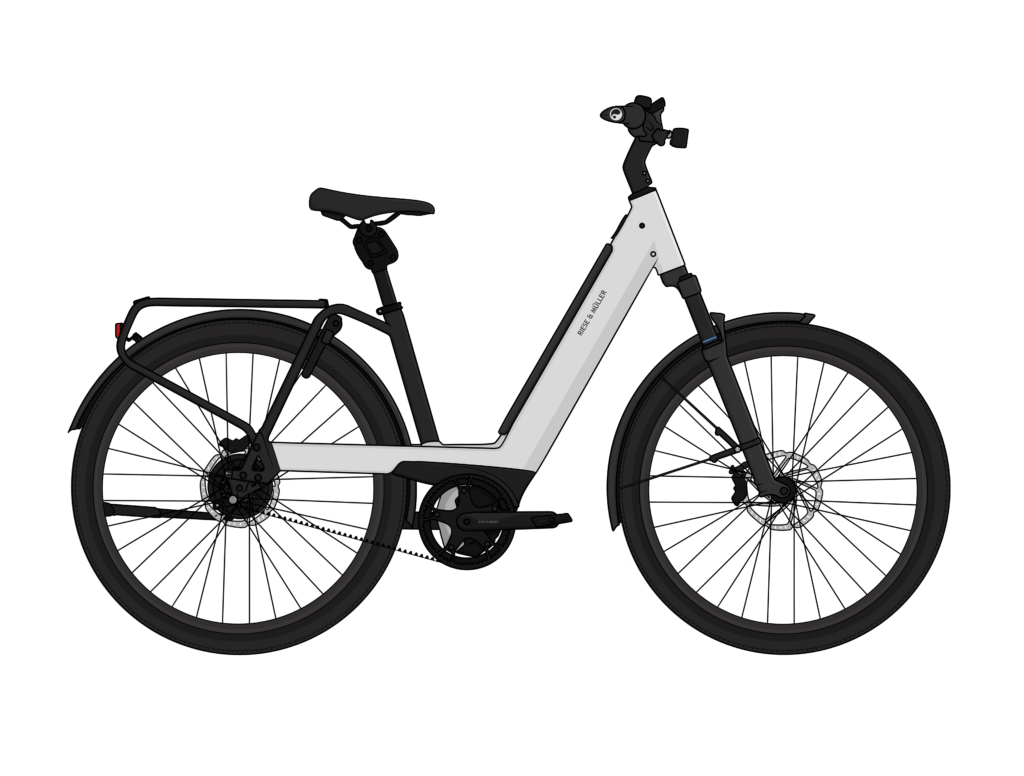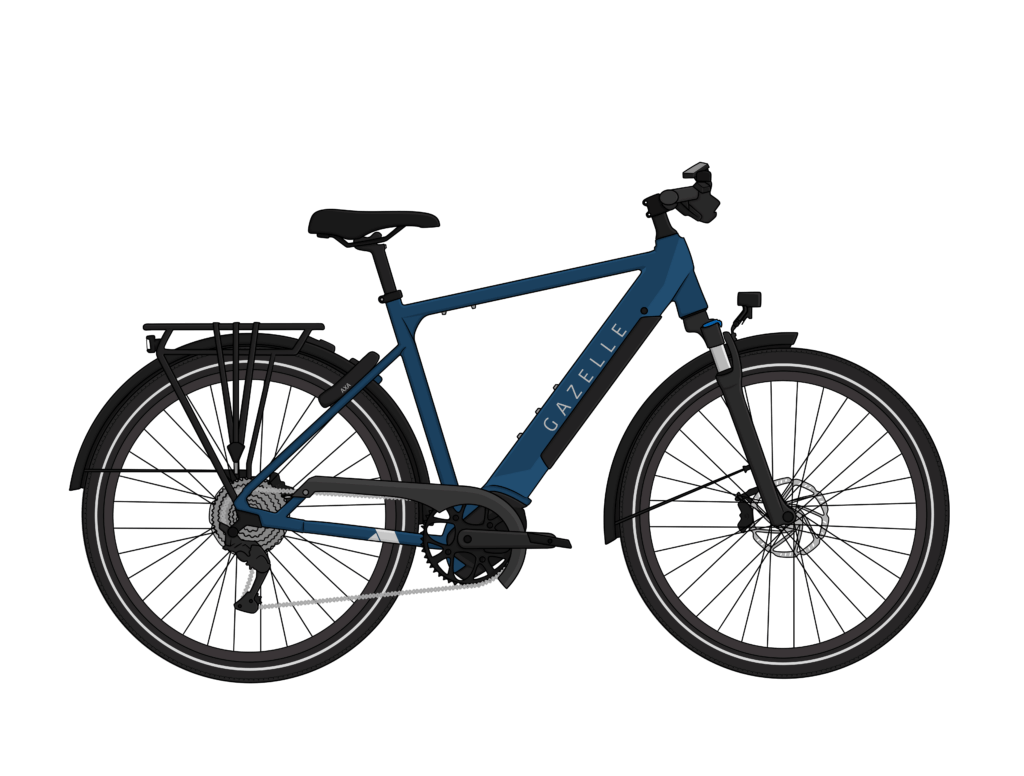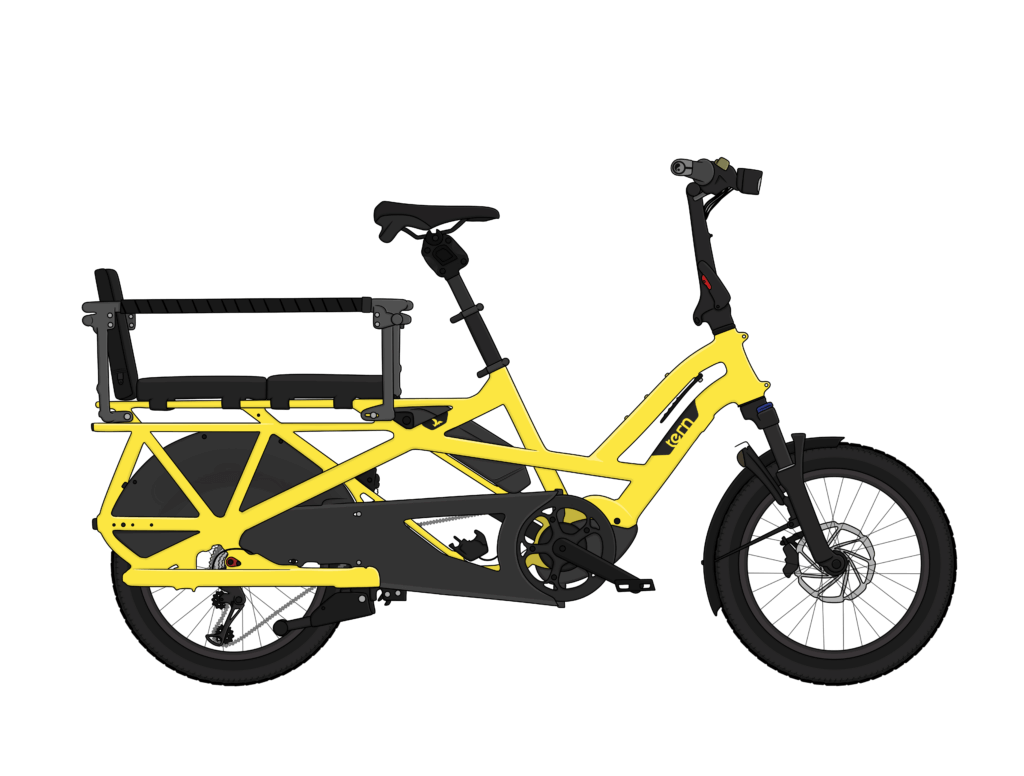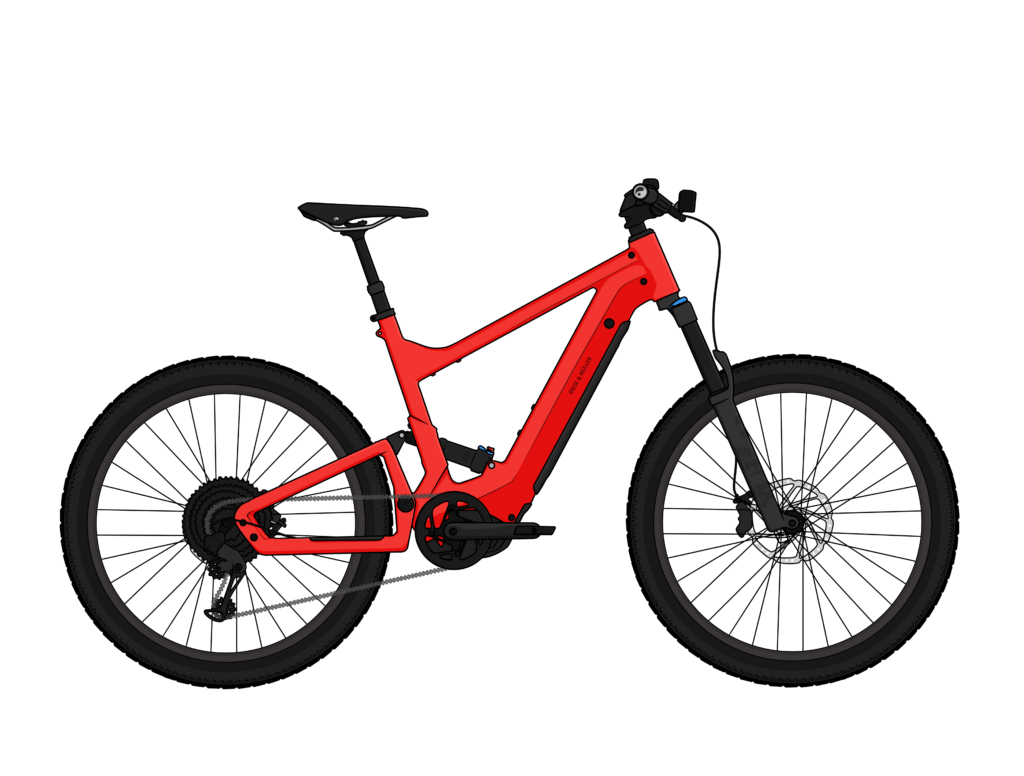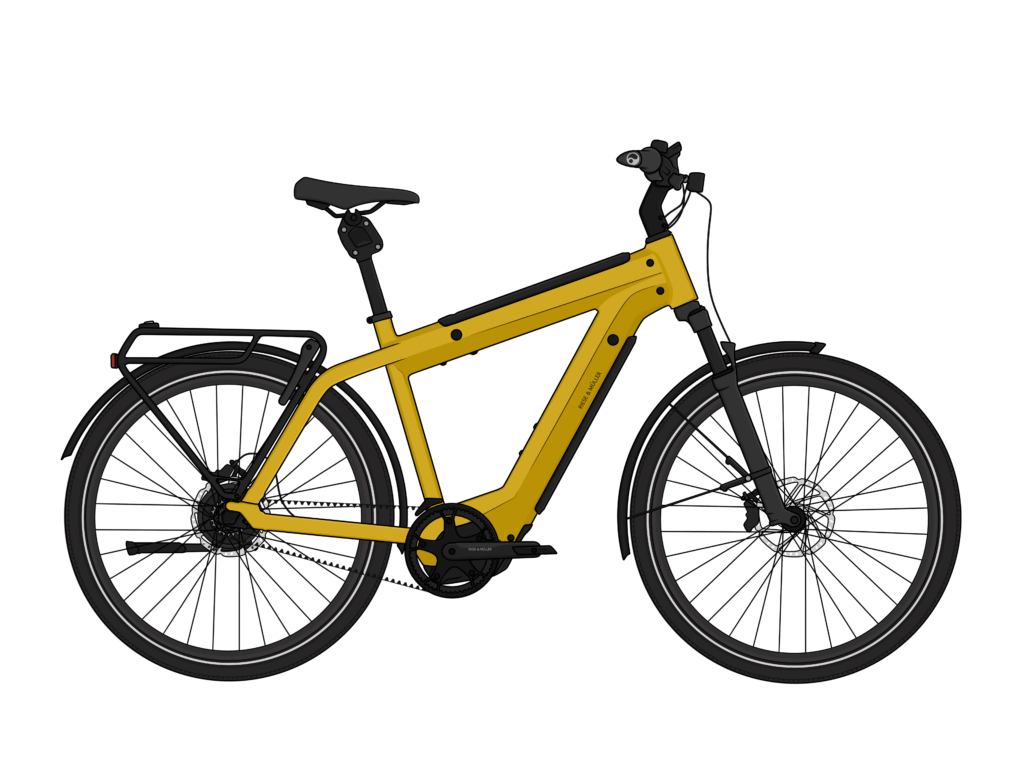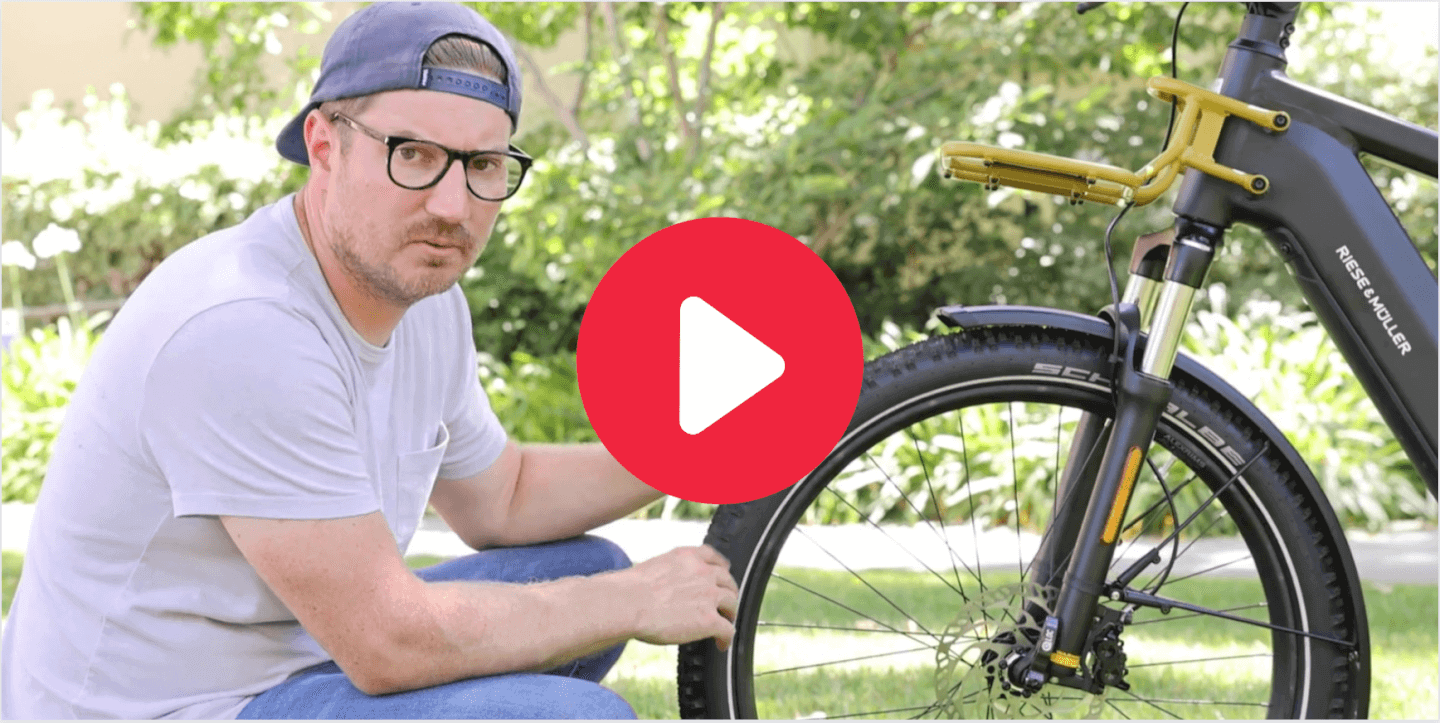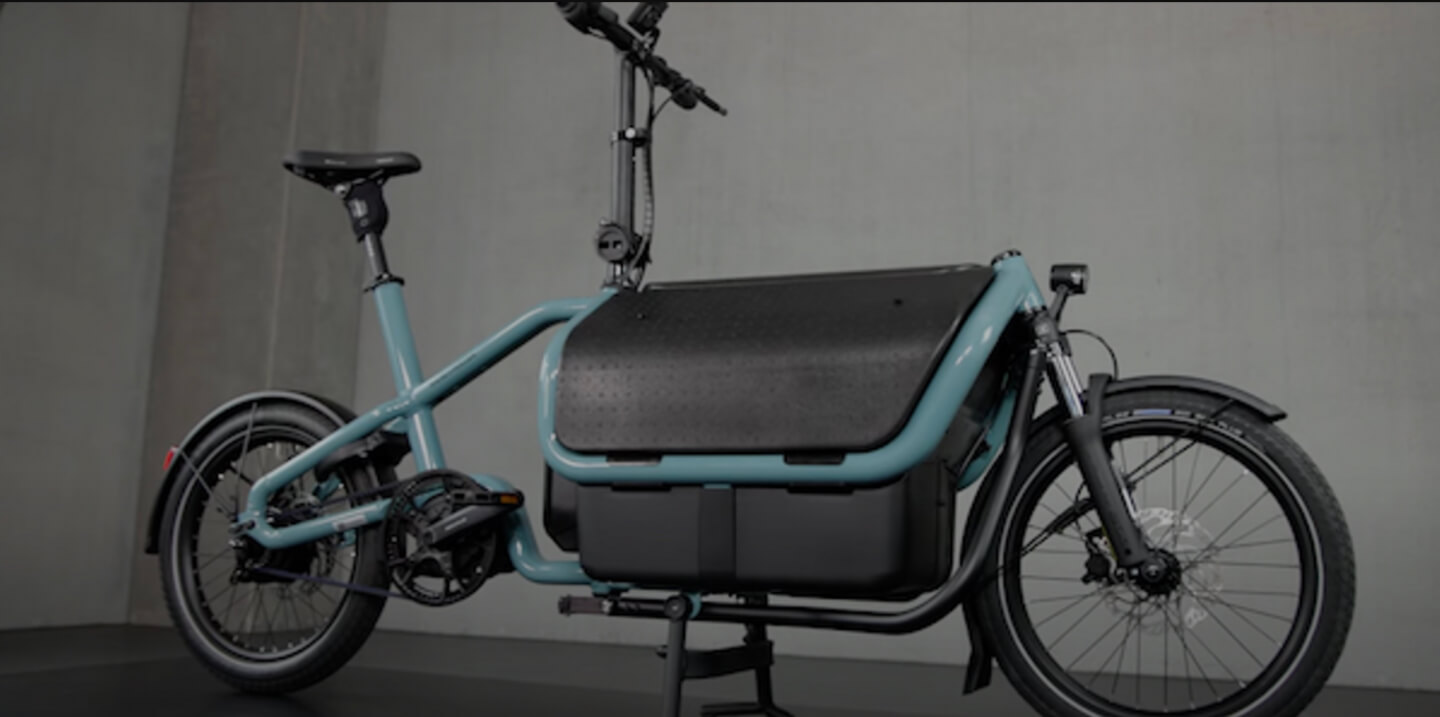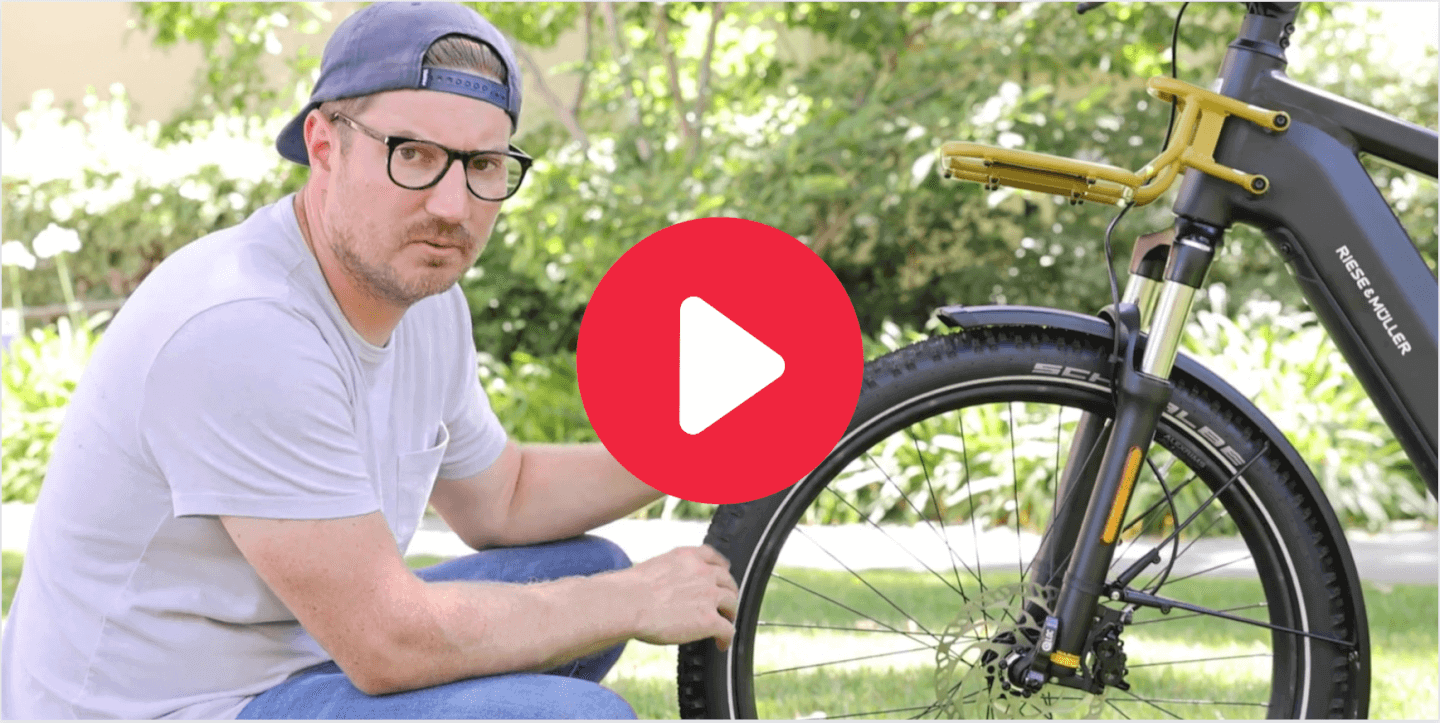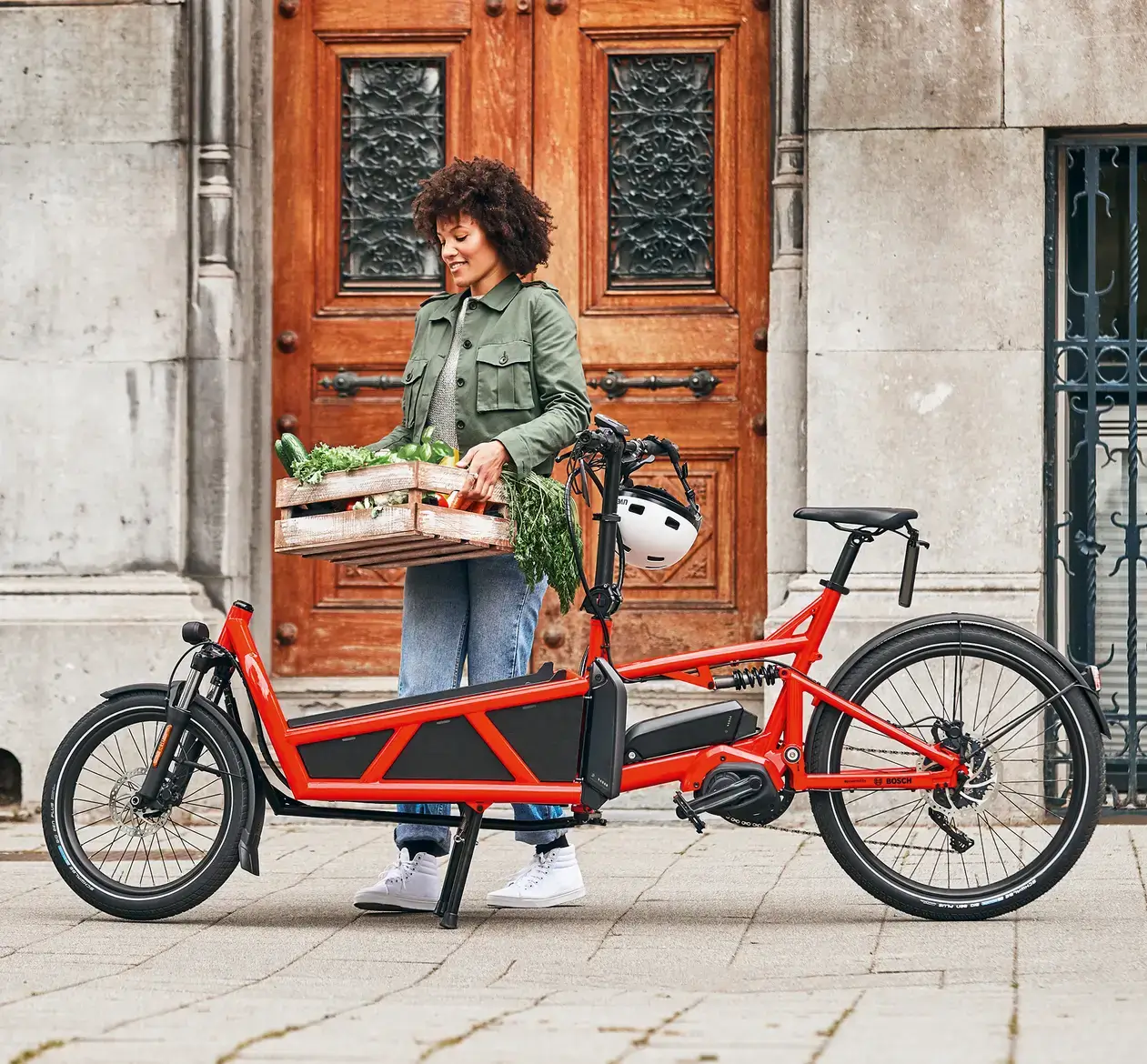Looking for the Perfect Wheel Size for Your eBike?
Choosing the right wheel size for your eBike is crucial to ensure a safe, comfortable and enjoyable ride. With so many wheel size options available, it can be overwhelming to decide which one is right for you. In this guide, we will explore the different types of wheel sizes available, the factors to consider when choosing a wheel size, and the pros and cons of each type.
Factors to Consider When Choosing a Wheel Size
Several factors determine the ideal wheel size for your eBike. First and foremost is rider weight and body size. Other factors include the terrain and intended use of the eBike, as well as personal preference. Additionally, the width of the tire can significantly impact stability and traction.
When it comes to selecting the right wheel size for your eBike, it’s important to consider the terrain and intended use of the bike. If you plan to ride mostly on road or pavement, a 700c or 28-inch wheel is the standard choice. However, for off-road adventures and rougher terrain, 27.5-inch or 29-inch wheels with wider tires are the common choice. If you plan to ride in urban environments, 26-inch and 24-inch wheels with wider tires could be a good fit for rough terrain, while allowing for a smaller frame size. 20-inch wheels are optimal for compact bikes in urban environments, and they are a common choice for shorter riders as they are often spec’d on smaller frames.
Each wheel size has its own set of advantages and disadvantages. For instance, 700c/28-inch wheels are faster on flat terrain but less stable on rough terrain as they generally have narrower tires. Meanwhile, 27.5-inch or 29-inch wheels which are commonly found on mountain bikes offer a good balance of speed and stability with more stability on rough terrain. 26-inch wheels were more common on beach cruisers and older mountain bikes offer similar characteristics as the 27.5-inch wheels but they are easier to maneuver in tight spaces. 24-inch wheels are not very common, but are often found with wider tires so they are well suited for rough terrain, but yet more compact. Benno choose the 24” wheels for the Boost for this reason. Finally, 20-inch wheels are smaller and lighter, making them suitable for smaller riders or frame sizes but are slower and not as stable on rough terrain due to a smaller circumference.
Ultimately, when selecting a wheel size for your eBike, you should consider your personal preferences, rider weight and body size, and factors such as tire width and tire pressure. It’s also important to test ride eBikes with different wheel sizes to determine which size is best for your needs. With the right wheel size, you’ll be able to enjoy a more comfortable and stable ride on your eBike, no matter where you ride.
In conclusion, there are many factors to consider when choosing the right wheel size for your eBike. Consider rider weight and body size, intended use, and personal preference when selecting a wheel size. Also, make sure to test ride eBikes with different wheel sizes to determine which size is best for your needs. Finally, keep in mind that tire width and tire pressure can also impact stability and traction, so consider these factors when selecting a wheel size for your eBike.
FAQs About eBike Wheel Size
The best wheel size for your eBike depends on several factors, including rider weight and body size, terrain and intended use, and personal preference. Refer to our guide to considerations and pros/cons for each wheel size to help make your decision.
27.5-inch wheels provide a good balance of speed and stability, while 29-inch wheels offer more stability on rough terrain at the expense of speed on flat terrain.
This generally comes down to what the frame can accommodate as you always want to have adequate clearance in the frame and the fenders, but there is also a limit on the rim. View our Rim & Tire Compatibility Guide for more information
700c/28-inch wheels are generally faster on flat terrain, but they may be less stable on rough terrain compared to other wheel sizes since they are generally narrower.
While 20-inch wheels may be suitable for shorter rides, they may not provide the speed and comfort needed for longer distances. That being said we have seen people do it, but it might not be the first choice.
Popular opinion would generally recommend 28” or 700c, but if your city has rougher terrain you might find smaller wheels with wider tires more suitable. Smaller wheels can also allow for a more compact bike overall which is often desirable in a city.
Although some frames may accommodate different wheel sizes, it’s generally not recommended. Keep in mind that most eBikes are designed and programmed for the specific size as well so this is not a common change we make and we would generally recommend changing the tires instead of the wheels to change the handling characteristics. See our guide about tires for more details.
wheel sizes are compatible. The wheel size is often printed on the rim, but the tire almost always has the wheel size printed. Rims are measurements usually include the width, diameter and the number of spokes.
The recommended tire pressure is generally printed on the side of the tire as a range. The lower the pressure the more comfort and traction, but you will find it to be a bit less efficient, the higher the pressure the more rigid the ride generally. For heavier riders are payloads you will generally want to be on the higher end of the range, where lighter riders or loads can use the lower range.

